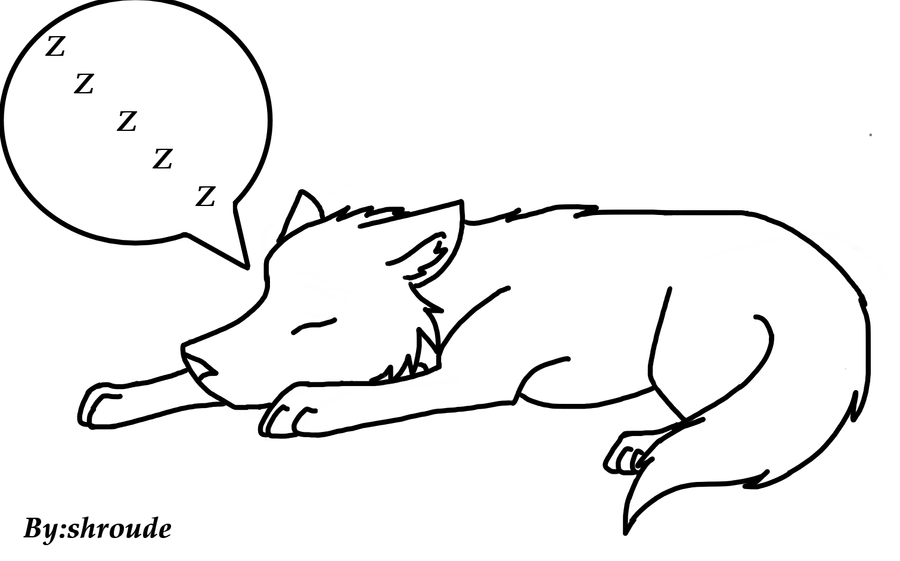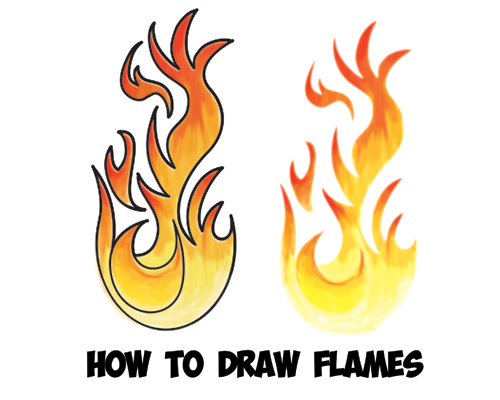Pin by jessica li on tattoos
Table of Contents
Table of Contents
Learn how to draw a sleeping wolf in this step-by-step guide. Wolves are majestic animals that have captured the imagination of people for centuries. Whether you’re a beginner or an experienced artist, drawing a sleeping wolf can be a challenging but rewarding experience.
Pain points related to how to draw a sleeping wolf
Many people struggle with figuring out the anatomy of a wolf, making the drawing look realistic, capturing the essence of the wolf when it’s sleeping, and shading the drawing appropriately. Additionally, finding references to draw from can be challenging.
Answer to how to draw a sleeping wolf
Before you start drawing a sleeping wolf, look for references that will help you understand the anatomy of the wolf. This will help you create a realistic drawing. Once you have references, start with the basic shapes, such as circles and triangles, to create a rough outline of the wolf. From there, you can add more details, such as fur and shading, to make it look more realistic. Remember to study the position of the limbs and the overall pose since sleeping wolves are known to be relaxed and comfortable.
Summary of main points related to how to draw a sleeping wolf
To draw a sleeping wolf, start by studying the anatomy of wolves and finding references to draw from. Once you have a basic idea of the wolf’s shape, add more details and shading. Capturing the essence of the wolf while it’s sleeping requires patience and attention to detail. Using the right shading techniques can make your drawing look incredibly realistic.
The importance of knowing how to draw a sleeping wolf
As an artist, learning how to draw a sleeping wolf is important because it can help you hone your skills in animal anatomy, form, and shading. Drawing a sleeping wolf also provides a unique challenge in capturing the essence of the wolf, which helps you expand your skill set.
Additionally, drawing a sleeping wolf can be therapeutic and relaxing. It requires patience and attention to detail, which can help you get into a meditative state.
How to draw a sleeping wolf’s fur in detail
When drawing a sleeping wolf, fur is an essential aspect that you need to pay attention to. Using a light pencil stroke initially to sketch the fur’s direction and later refining it with darker and more detailed strokes can give the impression of the fur’s texture. To bring depth to the wolf’s fur, use different shading techniques to create shadows and highlights. It is best to start using light strokes and applying more pressure slowly.
Tips and tricks for shading the wolf appropriately
When shading a sleeping wolf, it’s important to pay attention to the light source. This will help create shadows and highlights that are appropriate for the wolf’s pose and the direction of lighting. Additionally, using a blending tool, such as a stomp, can give your drawing a smooth finish, which can create depth and make your wolf look more realistic.
Drawing materials you need to draw a sleeping wolf
If you want to draw a sleeping wolf, you need some basic drawing materials. You’ll need pencils, erasers, and paper. To create a detailed drawing, you can use different grades of pencils, such as 2H, HB, 2B, 4B, and 6B. The harder the lead, the lighter the pencil mark. Alternatively, softer leads will create darker marks on the paper.
Questions and Answers
Q: Do I need to have any prior knowledge of drawing to draw a sleeping wolf?
A: No prior knowledge of art is required to draw a sleeping wolf. However, having an understanding of animal anatomy and practicing basic drawing exercises can help you get started. Q: What is the best paper to use for drawing a sleeping wolf?
A: A heavyweight, acid-free paper is best for drawings that require a lot of shading, like a sleeping wolf. Bristol board and charcoal paper are great options. Q: Should I use a reference when drawing a sleeping wolf?
A: Yes, using a reference when drawing a sleeping wolf can help you understand the anatomy of the wolf better and create a more realistic drawing. Q: Can I draw a sleeping wolf in any pose?
A: Yes, you can draw a sleeping wolf in any pose; however, it’s essential to understand the anatomy of the wolf and ensure that the chosen position aligns with a wolf’s sleeping habits. Conclusion of how to draw a sleeping wolf
In conclusion, drawing a sleeping wolf can be a fun and challenging experience. By following our drawing guide, you can learn the techniques needed to capture the essence of a sleeping wolf, its anatomy, and its shading. With patience, practice and the right materials, you can create a beautiful realistic drawing of a sleeping wolf that you can be proud of.
Gallery
Pin By Jessica Li On Tattoos | Wolf Drawing, Sleeping Drawing, Animal

Photo Credit by: bing.com / base lineart
How To Draw A Sleeping Wolf Pup, Step By Step, Drawing Guide, By

Photo Credit by: bing.com /
How To Draw A Wolf Pup Sleeping

Photo Credit by: bing.com /
Sleeping Wolf Drawings And Coloring Pages

Photo Credit by: bing.com / lineart coloring
Sleeping Wolf By Lucy Swinburne | Pencil Drawings Of Animals, Realistic

Photo Credit by: bing.com / wolf realistic sleeping choose board drawings animal






